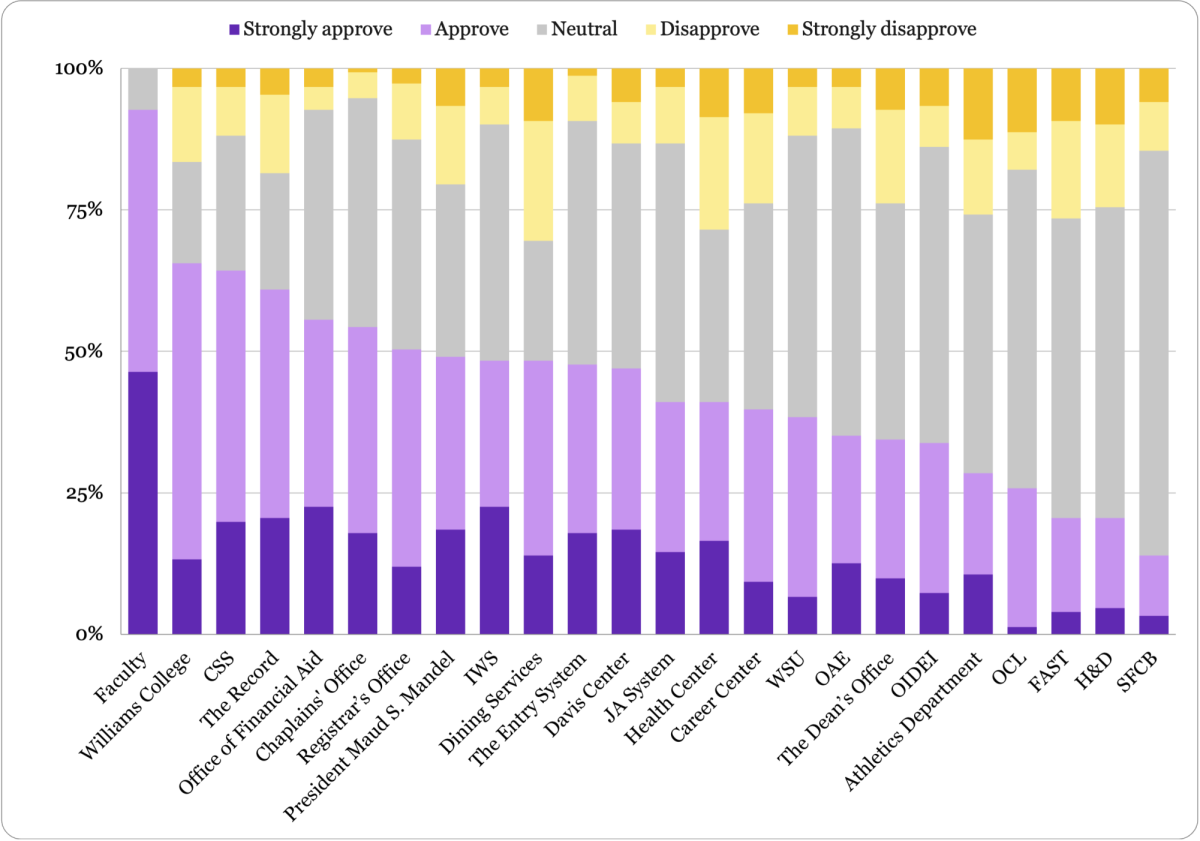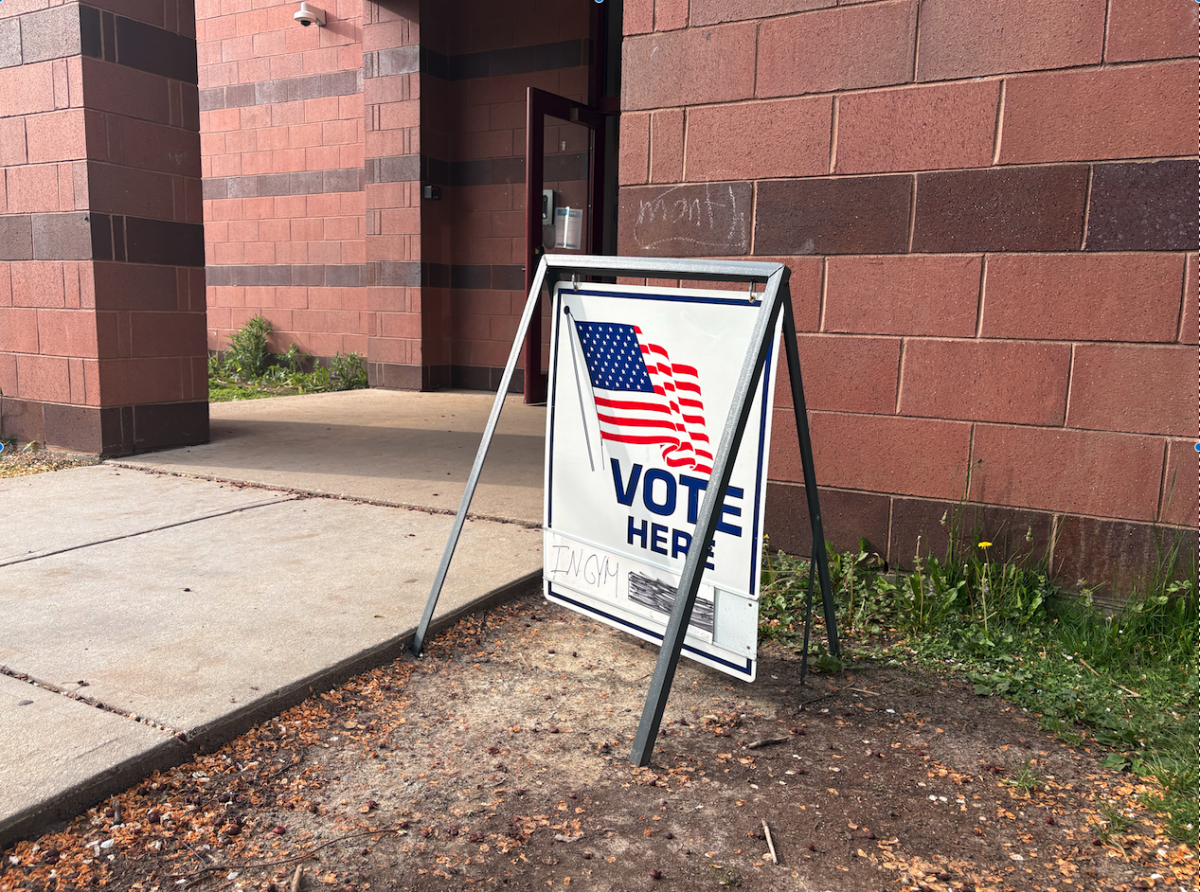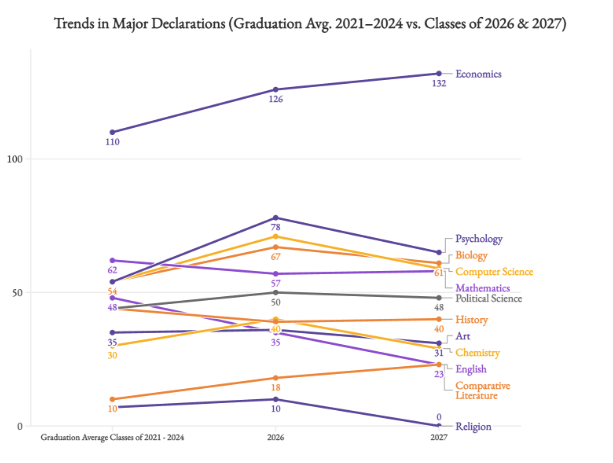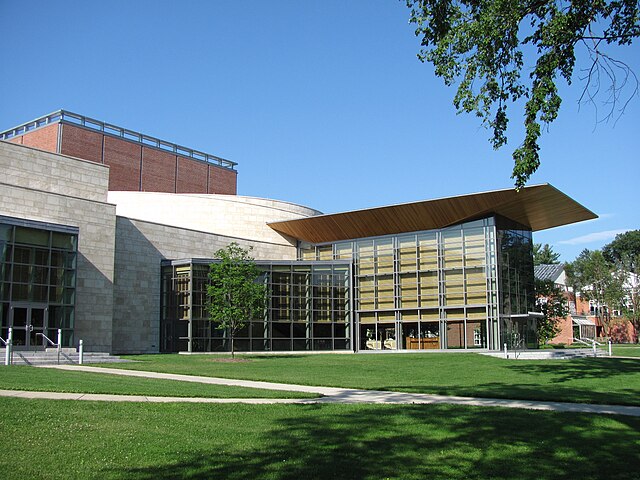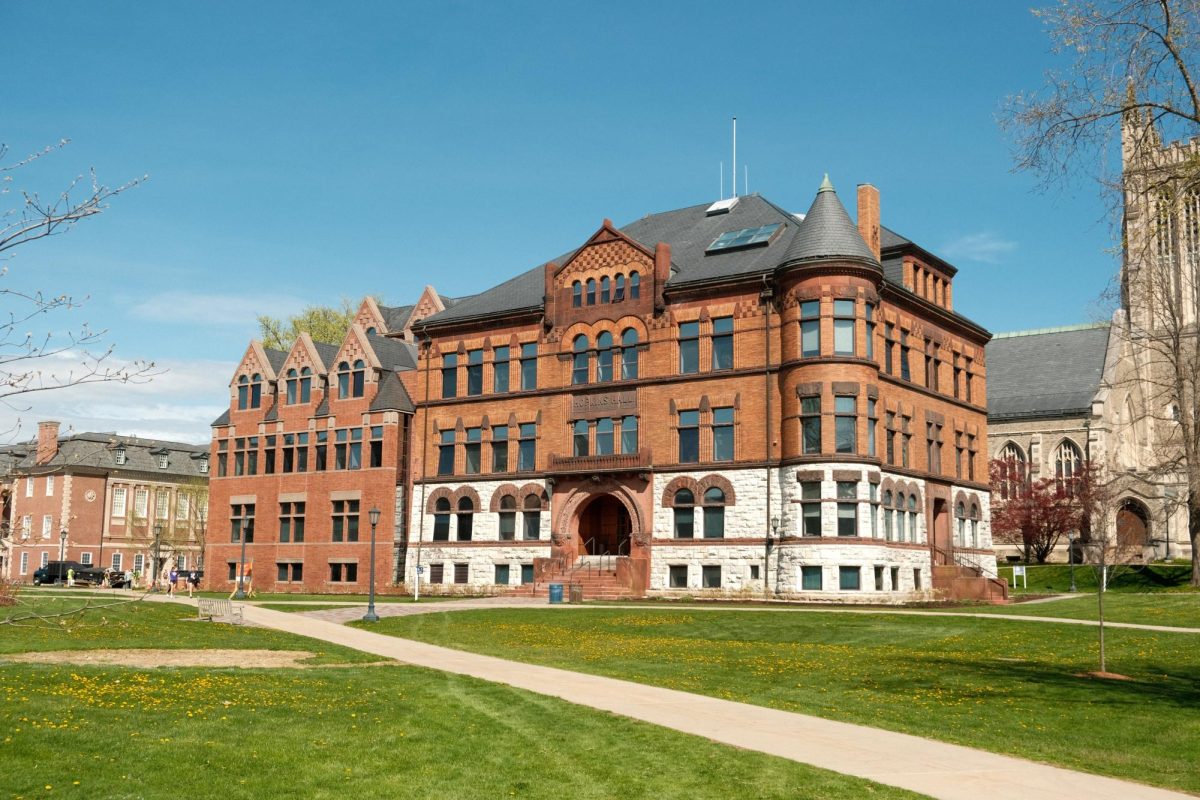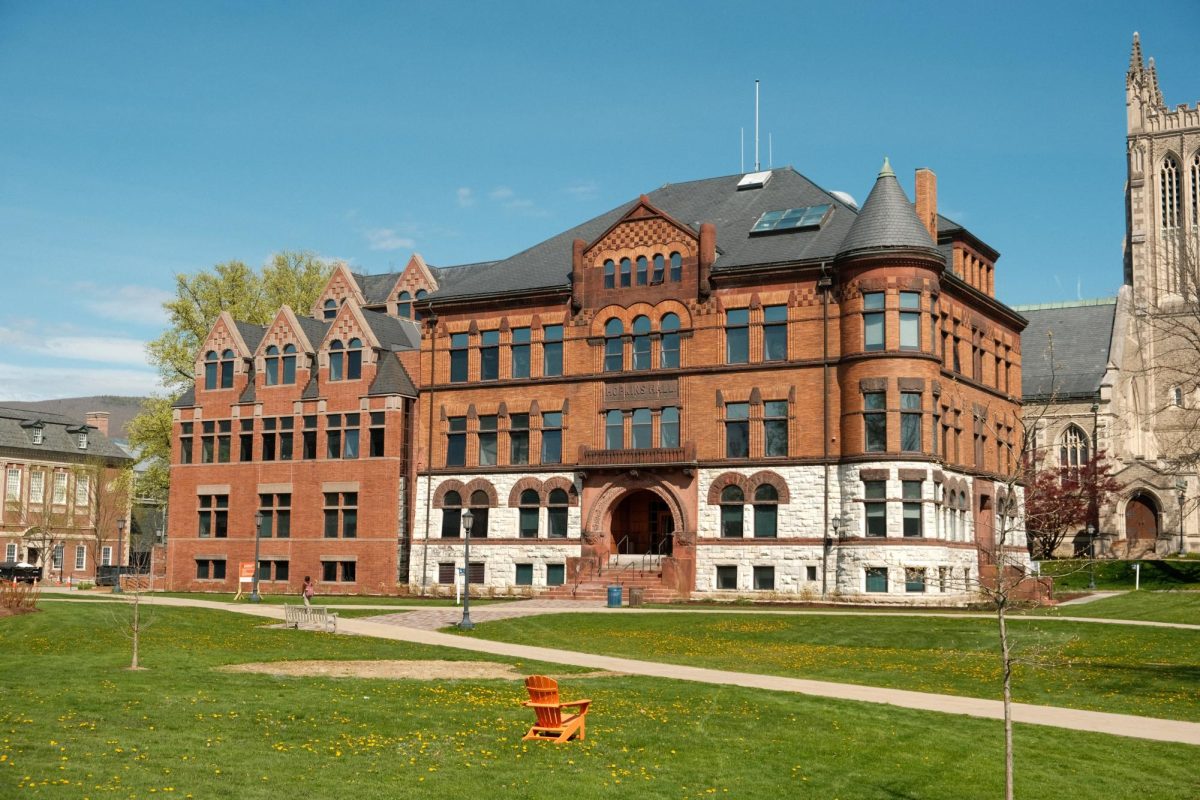
Last week, Williamstown installed several new pedestrian crossing signs along Main Street in an attempt to address longtime concerns over pedestrian safety.
The signs feature buttons that prompt a 20-second flashing light, with the goal of alerting drivers to crossing pedestrians, especially at night when visibility is low. The installation was an addition to Williamstown’s Complete Streets Prioritization plan, which was completed in 2018.
The Massachusetts Department of Transportation (DOT) runs a funding program which provides technical assistance and construction funding to eligible municipalities. Each municipality is responsible for developing a prioritization plan and a policy regarding safe streets, and once the plan is developed and approved by the Massachusetts DOT, the town is eligible to apply for funding.
The lights featured on the newly-installed signs are called Rectangular Rapid-Flashing Beacons (RRFBs), which feature bright LED lights that strobe when pedestrians press a button. “We can only install what is approved by the Federal Highway Administration for these purposes, said Andrew Groff, Williamstown’s community development director. “There’s only a handful of options for this type of warning signal and we felt strongly that the RRFB provided the best visibility for Main Street.”
According to a study conducted by the National Cooperative Science Research Program, the use of these kinds of signs can reduce pedestrian accidents by up to 47 percent. A study across numerous trial cities found a significant increase in motorist yielding, especially at night.
Collaboration between Williamstown and the College has been an important factor in this operation. The town worked in part with Ben Gips ’19, who during his time at the College was active in this public works project. Gips joined College Council as a freshman, and noticed several near-accidents on Route 2 between pedestrians and cars. He drafted a proposal for the RRFBs and submitted a proposal to Dave Boyer, director of campus safety and security. They then collaborated to pitch the installation of the lights to the town and monitored a trial set of lights that were installed during Gips’ sophomore year.
“I remember one sad day a snowplow clipped the trial sign and knocked it down and I thought the project might be doomed, Gips said. “But Dave kept fighting the fight and eventually was granted the money to expand the lights to crosswalks all around campus. He’s the person who really deserves the credit in this story.”
Still, the signs only work if pedestrians utilize them. “Now that we’re back in standard time and darkness is setting in early it’s our hope this will significantly improve everyone’s safety,” Groff said. “That said, there’s one important thing missing. For the signs to work, pedestrians need to activate them before crossing the street.”
The town’s Complete Streets Prioritization plan has made possible several other similar infrastructure projects in recent years. One aspect of the plan was the extension of sidewalks on South Street from the Clark Art Institute to the Buxton School in an effort to provide greater safety to the community. The project cost the town over $120,000, 89 percent of which was covered by the DOT. The College also installed its own flashing sign on Park Street, separate from the town’s project.



